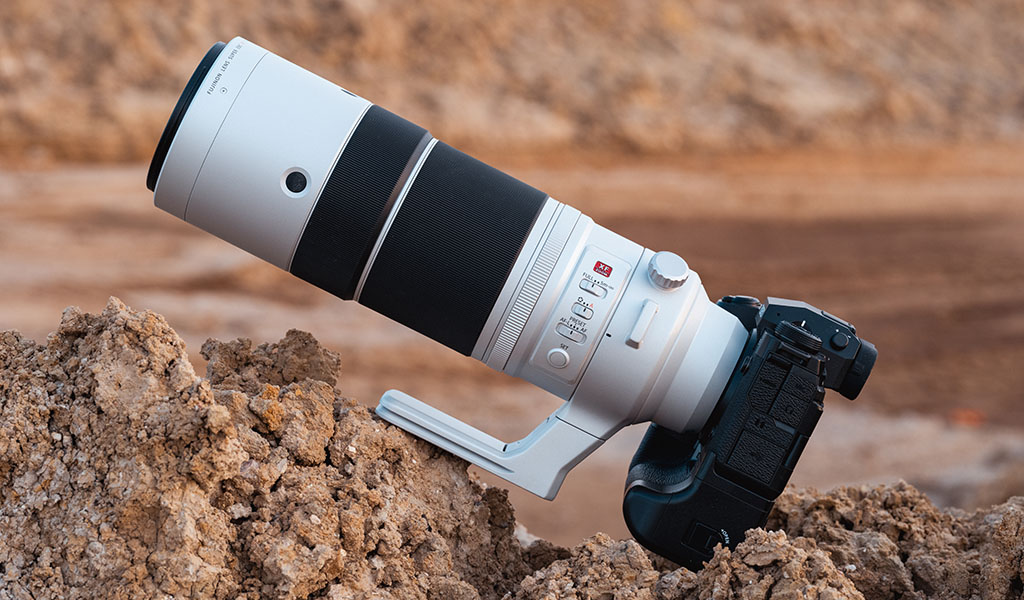
Fujifilm looks to take its mirrorless camera lineup to another level with the X-H2S, and added a couple of new lenses to round things out on top of that.
The X-H2S is an interesting camera for a few reasons. First, it will use Fujifilm’s brand new 26.1-megapixel X-Trans 5HS image sensor, the first stacked back-illuminated APS-C sensor capable of reading four times faster than the one equipped in the previous X-H1 camera. The second is that, while the megapixel count is the same as other Fujifilm cameras, the newer sensor is far more efficient at shooting with speed in mind. Here’s more of what you can expect.

Fujifilm X-H2S details
This is the successor to the X-H1, but the X-H2S represents a sequel telling a different story. Rather than use the same body, it changed the design, developing a different grip, button layout, rear display, and other treatments. The new X-Trans sensor works with a faster image processor inside. That’s why the camera can hit burst speeds of 40fps if you turn the electronic shutter off, or 15fps if you use the mechanical shutter. This also works when shooting in RAW, so more serious amateurs and pros will have something they can work with, especially when shooting action.
That speed also translates over to elements like auto-focus and face/eye detection, cutting down the time it takes to capture a moving target. Fujifilm is also including a new subject detection system using AI to better track subjects in low-contrast conditions. Basically, if you’re trying to focus on an animal, plane, vehicle, bicycle, or bird, the improved tracking should help make that easier.
Key for any vloggers is the articulating rear screen, which can flip the other way for easy selfies. It looks to have the goods on video, too. The X-H2S supports up to 6.2K video at 30fps, as well as 4K at 60fps or 120fps. This should be a fine camera for footage, but only testing will make that clear. This is the first Fujifilm APS-C camera to support ProRes, letting you record in 12-bit quality.
When you do peer through the electronic viewfinder (EVF), Fuji says you will see improved quality. Better in-body image stabilization certainly wouldn’t hurt, and that’s apparently in here as well. Plus, you have a dual card slot, where you can use both CFexpress and SD UHS II cards while shooting with it.

Two new lenses
Fuji did also announce two new lenses that can work with the X-H2S. Both use the company’s standard XF mount, so you can also try them with other compatible cameras. First up is the XF18-120mm f/4 LM PZ WR, a wide-angle lens that can turn into a telephoto with that wide a focal range. This is the kind of versatile lens you might want to have with you on a trip where you can capture scenes or subjects from a variety of vantage points. Look for this lens to drop in September 2022.

The other is far more distinctive, and that’s the XF150-600mm f/5.6 R LM OIS WR. Just looking at it gives you a good idea what it can do, but the gist is that it’s a telephoto zoom for shooting from distance. Note that the aperture starts at f/5.6-8 at 150mm, but drops to f/8 as you start to zoom in, which is standard for lenses like these. If you’re an avid bird-watcher, or like to shoot wildlife from a distance, this lens can help with that. This one will become available as early as July 2022.
Coming soon
The new X-H2S will become available in July 2022 but you can already pre-order it now online. You can also find other Fujifilm cameras and gear online on BestBuy.ca.



